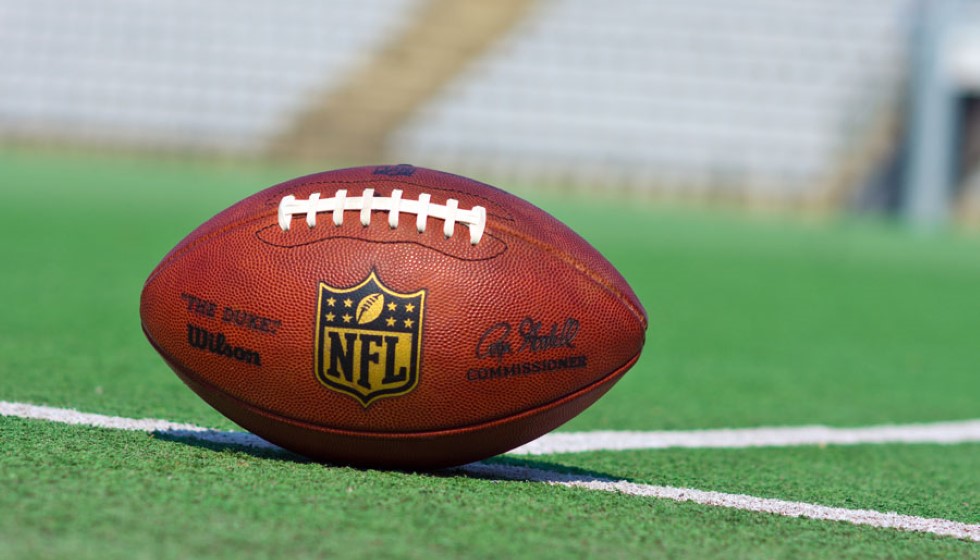
In the world of professional sports, where the spotlight is often bright and unyielding, a new wave of concern is gripping athletes beyond the arenas and fields. Recent burglaries targeting the personal lives of some of sports' biggest names have raised questions about security and vulnerability in a lifestyle often perceived as glamorous and impenetrable.
Recent incidents have shaken the sense of security for high-profile athletes like Patrick Mahomes, Travis Kelce, and Luka Doncic. As these stars carve their legacies on the global stage, they are also grappling with an unsettling vulnerability in their personal lives. The homes and belongings of these athletes have been subjected to a startling series of break-ins, leading to immediate reactions from the NFL and NBA, as players and leagues collectively work to deter further invasions.
Heightened Security Measures
Following invasions at the residences of Mahomes and Kelce, the NFL swiftly issued a league-wide security alert. The NBA mirrored this response, circulating a security memo to its members as Luka Doncic found himself a target in his Dallas home. These alerts emphasize the urgent need for athletes to reassess their personal security strategies amid a growing threat landscape.
The need for such vigilance was further underscored by an incident involving Dak Prescott's fiancée, Sarah Jane Ramos. A break-in at a Dallas Pilates studio led to the theft of nearly $40,000 worth of valuables from her car. Discussing the incident, Prescott shared, "The target that I am, whether it be for a natural robbery, whether it be for losing the game or whatever, I understand the position that I'm in. So for me, it's more about today and now protecting my fiancée and my daughter."
Prescott's words echo the sentiments of many athletes who are forced to balance their public roles with the private realities of being a potential target. "Who knows how many times that happens a day?" Prescott pondered, reflecting on the routine nature of such crimes against high-profile individuals.
Adjusting to New Realities
The break-ins serve as a stark reminder of the challenges faced by athletes outside their professional domains. Joe Burrow, another rising star in the NFL, experienced a home invasion during a game between the Cincinnati Bengals and the Cowboys. For athletes, these incidents amplify an ever-present tension between their public personas and private lives.
Such occurrences are forcing athletes to implement enhanced security measures. From investing in sophisticated surveillance systems to employing personal security teams, these steps are becoming an essential part of safeguarding their well-being and peace of mind. "It's not fun. I could say that for sure," Prescott candidly remarked. "Obviously fortunate to be able to put people and things in place to protect myself, so that's my No. 1 priority."
The narrative unfolding isn't just about stolen valuables; it's about personal safety and peace of mind. As Prescott wisely noted, "You weigh the good with the bad. You understand that, as I said, who we are and what we're subject to."
Athletes as Targets
The increasing frequency of these crimes underscores a harrowing reality: professional athletes are attractive targets for criminal activity. Their wealth and status make them prime candidates for such invasions, and the implications of these incidents ripple through the broader sports community. As athletes like Mahomes, Kelce, Doncic, and Prescott bolster their defenses, they inadvertently highlight the need for a broader discussion about personal security in the realm of sports.
While these developments are unsettling, they also serve as a catalyst for change. The advocacy for heightened security awareness and proactive measures may eventually bring about a more secure environment not only for athletes but for all high-profile individuals. These events are a reminder that the challenges faced by professional athletes extend beyond their performances; they serve as unwitting symbols of a society grappling with issues of privacy and security in an age of unprecedented connectivity and exposure.